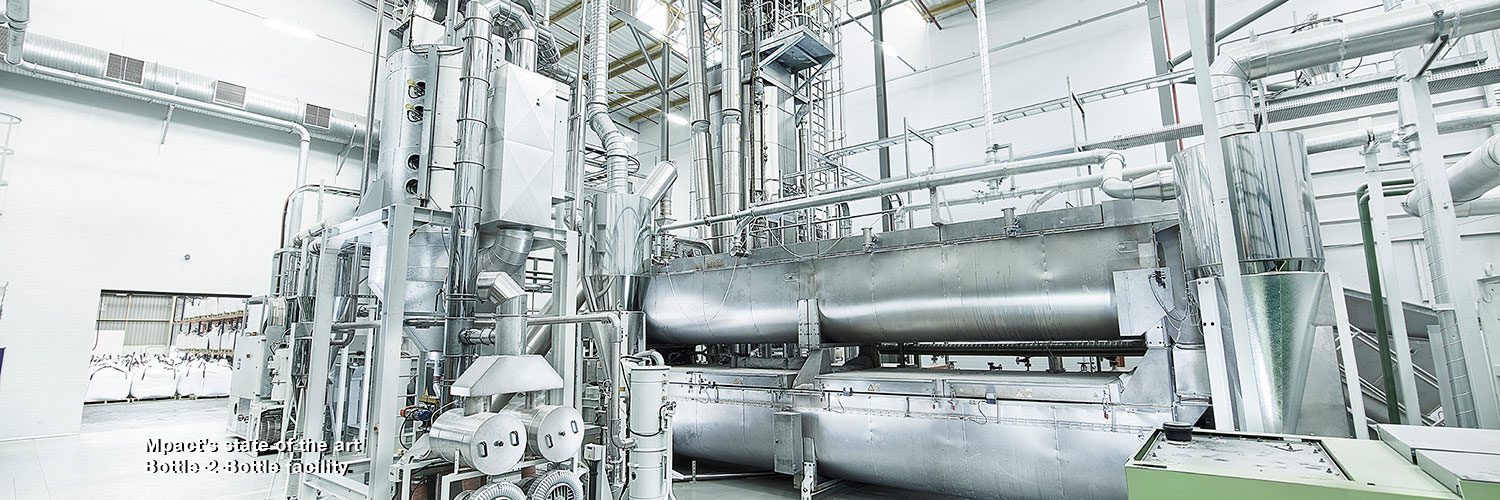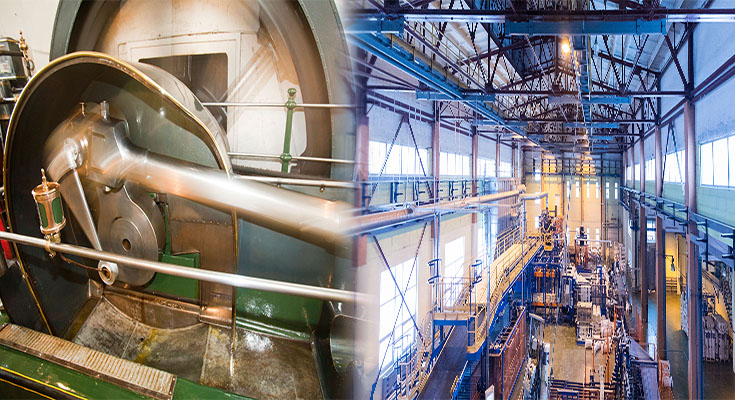
Understanding Primary, Secondary, and Tertiary Industries in Economics
In the realm of economics, industries are classified into three main sectors based on the nature of their activities and their level of involvement in the production process. These sectors, known as primary, secondary, and tertiary industries, play distinct roles in the economy and contribute to the overall economic development of a region. By understanding the functions and characteristics of each sector, we can gain insights into the interconnectedness of industries and their impact on economic growth.
Primary Industries:
The primary sector encompasses industries engaged in extracting and harvesting natural resources from the environment. This sector is characterized by activities that involve the utilization of raw materials and natural resources to produce primary goods. Primary industries are essential for the initial stage of production and form the foundation of the economic supply chain.
- Agriculture: Agriculture is a quintessential example of a primary industry that involves the cultivation of crops,


